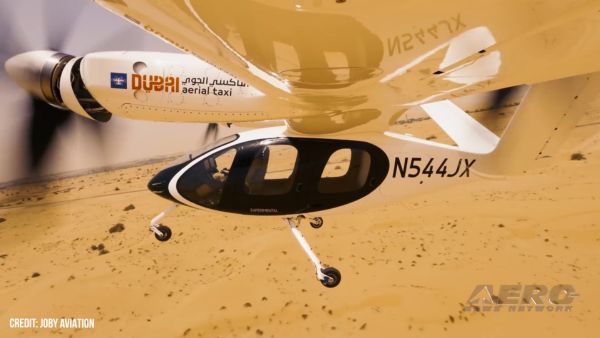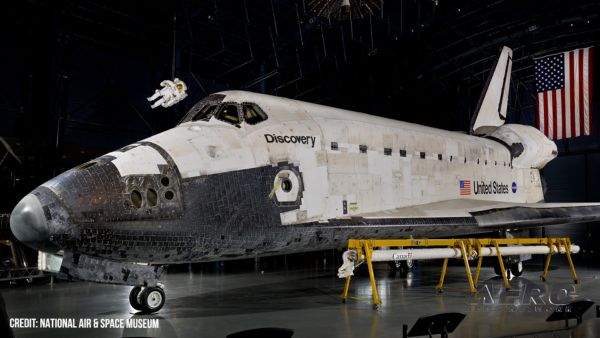Physicists' Experiment With Helium-4 May Lead To Better
Gyroscopes In Satellites
It was music to the ears of physicists at the University of
California, Berkeley, when they forced liquid helium-4 through
thousands of tiny holes and heard a whistling sound.
Why the big fuss about an odd sound? It seems this
breakthrough might eventually lead to enhanced earthquake studies
and more accurate navigation systems, including the Global
Positioning System (GPS).
It all starts with one slippery liquid helium-4. Ultra-cold
helium-4 becomes a superfluid, meaning it flows without friction.
The scientists squashed it through an array of apertures 1,000
times smaller than the width of a human hair. The liquid
whooshed faster and faster, until it reached a critical velocity.
At that point, in a strange phenomenon, a microscopic quantum
whirlpool dashed across each aperture, carrying away some of the
helium-4's flow energy. This abruptly slowed the flow. The
fluid repeatedly sped up and slowed down, creating vibrations that
produced a whistling sound going from high to low.
A recording of the
sound, called a quantum whistle, is available online at the FMI
link below. "This whistle caught us by surprise," said UC
Berkeley physics professor Dr. Richard Packard. "It turns out
a single aperture will not make the whistle, because of random
speed fluctuations. Our experiment shows all the flows through the
holes are acting together, coherently, producing the whistle. We
suspect it's like hearing thousands of crickets chirping in unison
on a summer night."
Packard said this new phenomenon might lead to improved
whistling superfluid navigation gyroscopes that detect extremely
small rotational motion. As their motion changes, the whistle's
volume would change. This would be especially useful on submarines
or airplanes in regions where GPS signals are unavailable.
The GPS navigation system relies on knowing the state of Earth's
rotation. Because weather and other factors affect Earth's
rotation, the GPS system needs constant updating for accuracy. GPS
gets its Earth rotation data from an array of radio telescopes
distributed around the world. A very sensitive rotation sensor
might complement the existing telescope array, providing data
quickly and inexpensively.
Superfluid gyroscopes are devices that detect very small
rotational motion. They use a specially-shaped, superfluid-filled
vessel containing two aperture arrays; when the vessel rotates, the
sound of the quantum whistle changes. This provides a telltale clue
and allows for sensitive measures of the movements.
"This phenomenon may also permit scientists to develop very
sensitive rotation sensors to measure small surface twisting
signals created when an earthquake's vibrations travel through
irregularities in the Earth's crust," Packard said. "In fact,
we can take this concept even further. If seismologists can measure
rotation signals from seismic activity on Mars, they might learn a
lot about martian structure."
Packard and his colleagues have a history of hearing whistles
while they work. Their experiments in 1997 and 2001, using liquid
helium-3, produced a whistle. But the temperatures needed in those
experiments were extremely low, just a few thousandths of a degree
above absolute zero, which is almost one million times colder than
average room temperature. Very few people are trained to work with
such ultra-cold technology, which limits its potential
applications.
Packard and graduate student Emile Hoskinson were especially
excited because this latest phenomenon occurs at a relatively high
temperature of 2 Kelvin, which is 2,000 times warmer than the
previous helium-3 studies. This might make the technology available
to more users with off-the-shelf cryocoolers.
This research was conducted under a grant from NASA and the
National Science Foundation. The findings appeared in the January
27 issue of Nature. JPL, a division of the California Institute of
Technology, Pasadena, Calif., manages the Quantum Technology in
Life Support and Habitation Program for NASA's Exploration Systems
Mission Directorate.
 Airborne 06.30.25: US v ADS-B Misuse, Natl STOL Fire, Volocopter Resumes
Airborne 06.30.25: US v ADS-B Misuse, Natl STOL Fire, Volocopter Resumes Aero-News: Quote of the Day (07.06.25)
Aero-News: Quote of the Day (07.06.25) ANN's Daily Aero-Linx (07.06.25)
ANN's Daily Aero-Linx (07.06.25) Classic Aero-TV: Portrait of the Army Aviation Heritage Foundation
Classic Aero-TV: Portrait of the Army Aviation Heritage Foundation Airborne-NextGen 07.01.25: Volocopter Returns, B23 Energic, Iran Tech In UAVs?
Airborne-NextGen 07.01.25: Volocopter Returns, B23 Energic, Iran Tech In UAVs?


